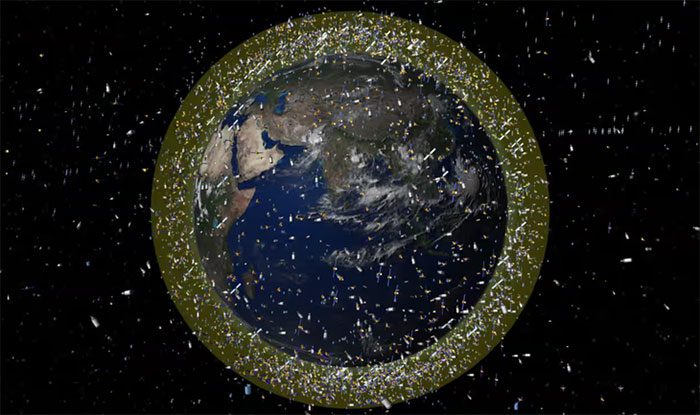The wooden satellite named LignoSat promises to pave the way for a new generation of spacecraft that do not pose a threat after “death”.
According to a statement from NASA and JAXA (the space agencies of the United States and Japan), the wooden satellite LignoSat is expected to launch from Earth in the summer of 2024.
This magnolia wood satellite is the size of a coffee cup and will not become dangerous space debris after its lifespan due to its biodegradable properties.

The wooden satellite LignoSat – (Image: NASA/JAXA).
While it will not self-destruct in the vacuum of Earth’s orbit, after its mission, space agencies can guide the satellite to re-enter Earth’s atmosphere, where the wooden material will burn up completely into a safe fine ash.
According to Live Science, tests to find the optimal wood material for the satellite were conducted on the International Space Station (ISS) earlier this year.
Three types of wood – magnolia, cherry, and birch – were tested and showed no deformation when exposed to the harsh conditions of space, which include significant temperature variations and intense cosmic radiation.
Ultimately, magnolia wood was selected because it is less likely to crack or break during the manufacturing process.
The NASA and JAXA wooden satellite is part of a global effort by space agencies to address the increasingly hazardous region of Earth’s orbit due to space debris.
It is estimated that over 9,300 tons of space objects, including non-operational satellites and spent rocket parts, are orbiting Earth.
These objects increase the overall brightness of the night sky by more than 10%, leading to light pollution and making astronomical observations more difficult.
Moreover, this debris poses a significant threat to space stations and spacecraft, including operational satellites in Earth’s orbit or those seeking to leave Earth.
Mr. Takao Doi, an astronaut and aerospace engineer at Kyoto University, stated that when satellites re-enter Earth’s atmosphere, they burn up and produce tiny aluminum particles that drift in the mesosphere for many years.
Over time, this process will adversely affect the environment on Earth.

Image simulating the amount of space debris floating around Earth’s orbit – (Image: ESA).
A research team from Kyoto University tested various types of wood on the ISS to find one that could withstand the harsh conditions of space and long flights around the orbit, including Japanese cherry wood.
The results showed that the wood samples showed no signs of degradation or damage after one year in space.
“Their ability to endure adverse conditions amazed us,” said Mr. Koji Murata, the project leader. Among the tested materials, wood from the magnolia tree was the most robust.
Unlike conventional satellites, the LignoSat wooden satellite will safely self-destruct upon re-entering Earth’s atmosphere.
Mr. Murata mentioned that LignoSat will be launched into space by an American rocket and will operate for at least 6 months.





















































